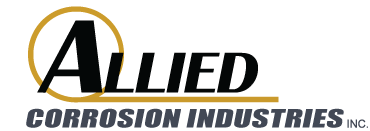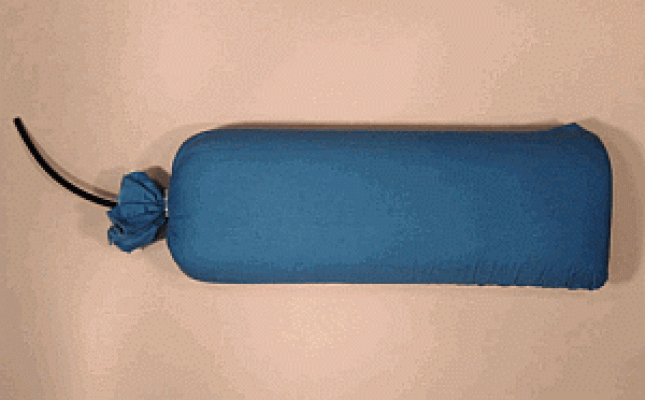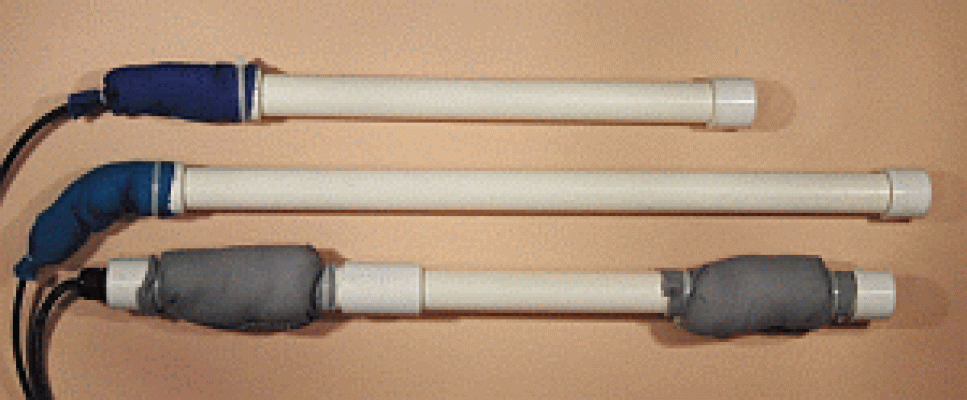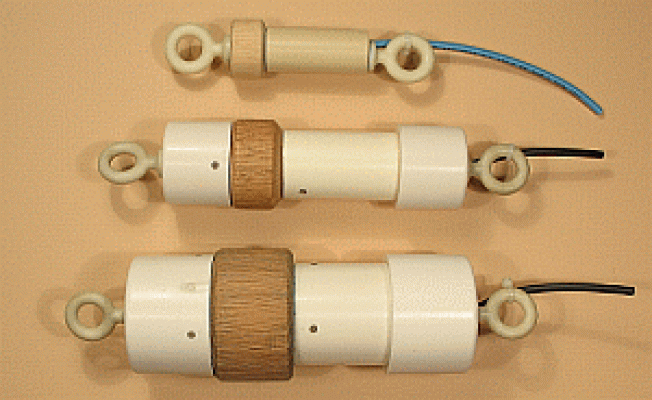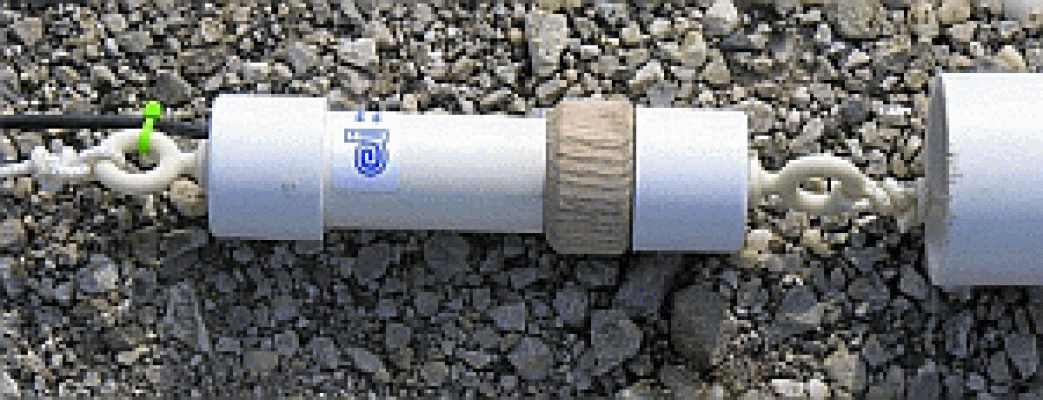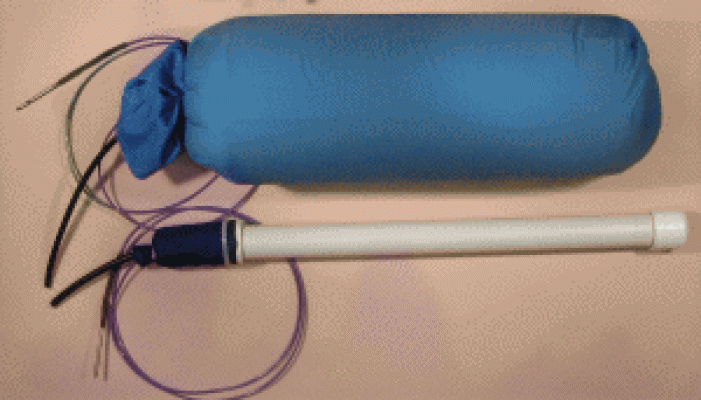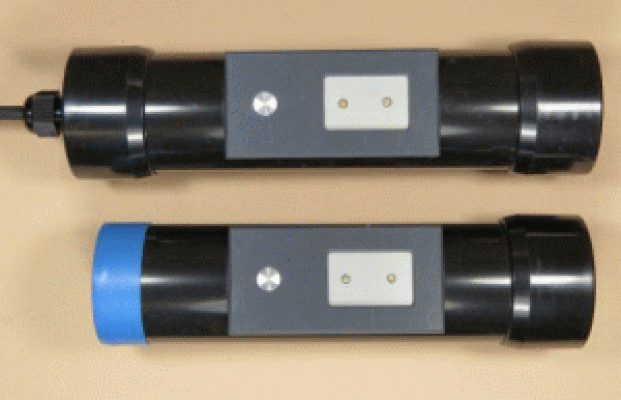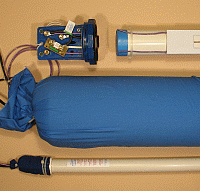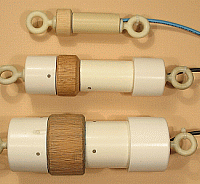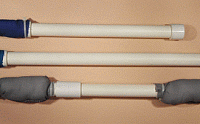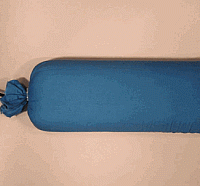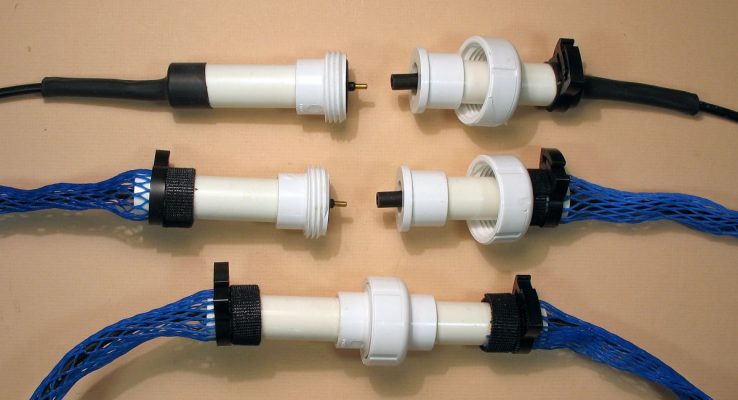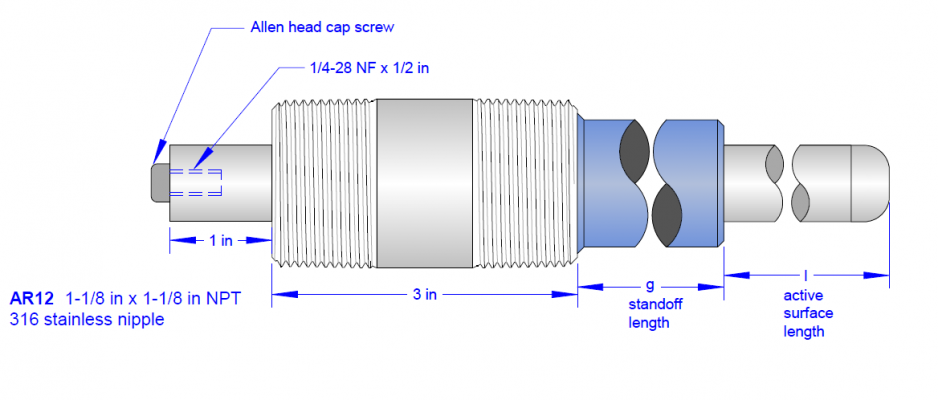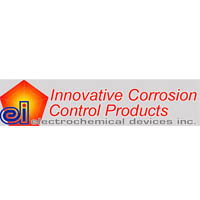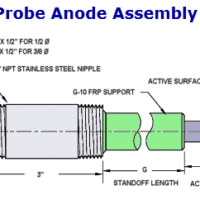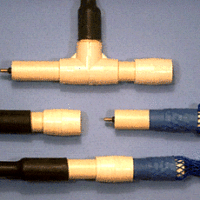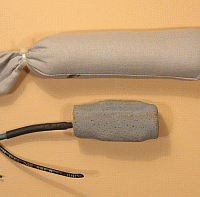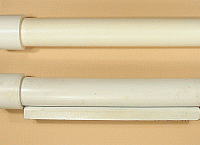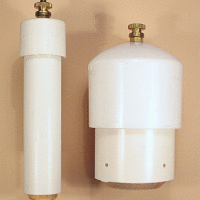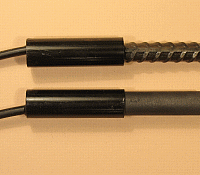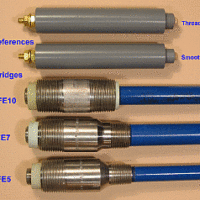-
- Electrochemical Devices Inc (EDI), Reference Electrodes, Cathodic Protection
Bagged Underground Reference Electrodes
- Select options This product has multiple variants. The options may be chosen on the product page
-
- Electrochemical Devices Inc (EDI), Anodes, Cathodic Protection
EDI – Anode Refurbishing
- Double the life of your anodes for half the cost!
- Add To Quote
-
- Anodes, Cathodic Protection, Electrochemical Devices Inc (EDI)
EDI Impressed Current Probe Anode (Model AR)
- Model Designation Specify as EDI Model AR-asd-G.L.TTT where a = active surface: M for mixed metal oxide or P for platinum s = substrate: T for titanium or N for niobium d = rod diameter, inches: 3 for 0.375, 5 for 0.50, 7 for 0.75 G = standoff length, inches: 1 to 9 in 1 inch increments L = active…
- Add To Quote
-
- Electrochemical Devices Inc (EDI), Reference Electrodes, Cathodic Protection
Reduced Diameter Underground Reference Electrodes
- Select options This product has multiple variants. The options may be chosen on the product page
